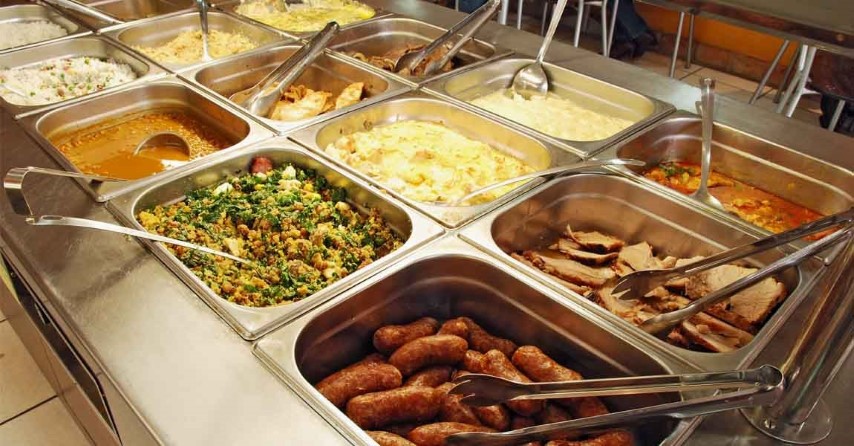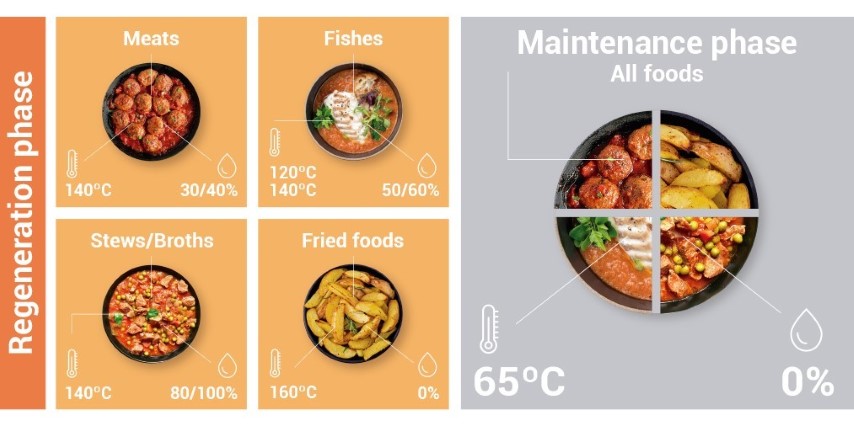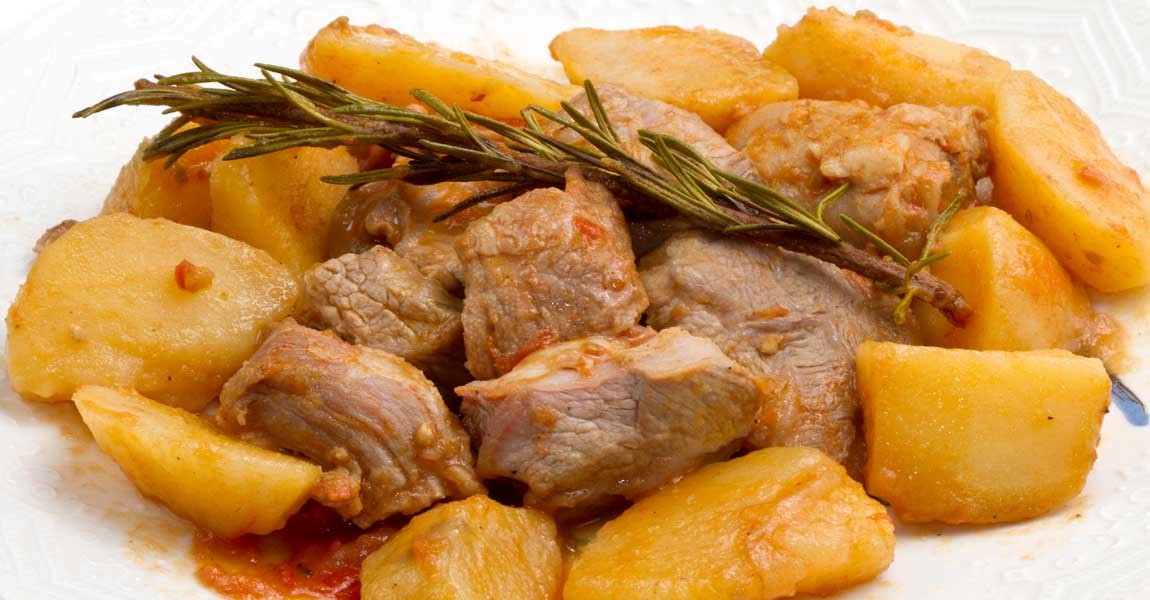
If you work in a professional kitchen and specifically in the catering sector, you will know that food is usually cooked and chilled. At the time of service, these are heated to serve them to the diner at the optimum temperature in a process called regeneration, an important step in industrial kitchens. Do you want to know how you can regenerate food successfully? We show you the 5 golden rules that will help you do it the best way!


In addition to these golden rules to regenerate food successfully, it is important to have an adequate professional machinery that will allow you to obtain the best results. The temperature regenerators and the combi ovens are ideal because they allow to have an exhaustive control of the temperature and ensure the homogeneity in all the dishes.
What are the differences between them? These are mainly based on their use. Regenerators are a type of oven designed to perform this function exclusively, while combi ovens are used for cooking and also for regeneration. Depending on the type of restoration business you have, you can use one or the other, or combine them.
Advantages of food regeneration
Some of the immediate advantages that you will achieve in your professional kitchen when regenerating food following these rules are:


CUISINE CRAFT CO.,LTD
188/6 Supalai Premiere Ratchthewi Building, Petchburi Road, Thanon Petchburi, Ratchthewi, Bangkok 10400